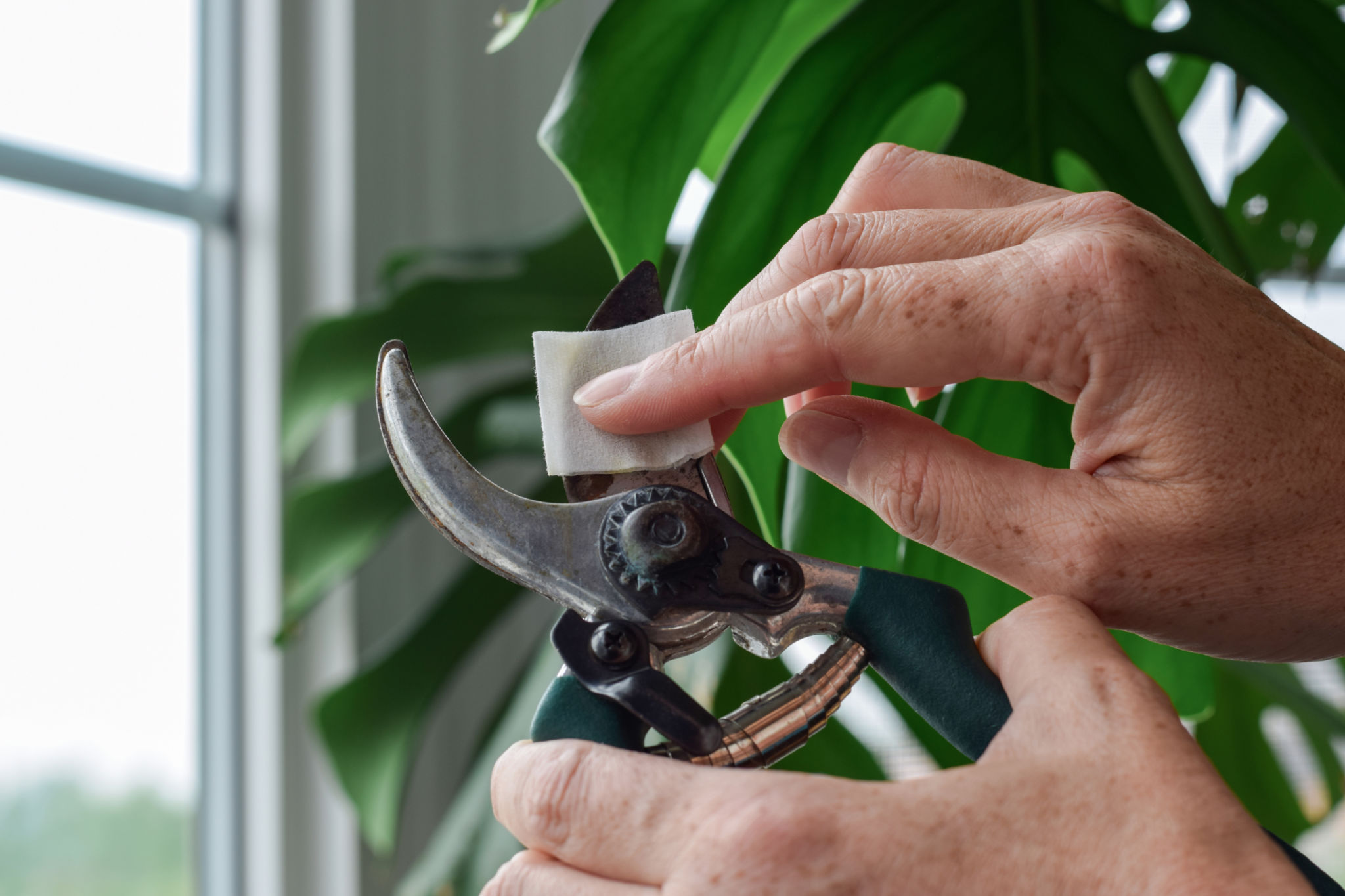DIY Pressure Washing: How to Safely Clean Your Home’s Exterior
Understanding the Basics of Pressure Washing
Pressure washing is a highly effective method for cleaning the exterior surfaces of your home, including siding, driveways, and decks. It uses a high-pressure water spray to remove dirt, grime, mold, and other debris. To ensure a successful cleaning session, it's important to understand the basic components of a pressure washer and how they work. A pressure washer typically consists of a motor, a water pump, high-pressure hose, and a spray gun with adjustable nozzles.
Before starting your DIY pressure washing project, familiarize yourself with the different nozzle tips available. Each tip is designed for specific tasks and surfaces: the red tip delivers the highest pressure for tough stains, while the black tip provides a gentle spray suitable for delicate surfaces. Always test the pressure on an inconspicuous area to avoid damaging your property.

Preparing Your Home for Pressure Washing
Proper preparation is key to achieving the best results and maintaining safety while pressure washing. Begin by inspecting the exterior of your home for any loose or damaged areas. Secure loose shutters, repair cracked windows, and cover any electrical outlets or fixtures that should not get wet. Clear the area of any furniture or items that could be damaged by water.
When preparing to clean siding or other vertical surfaces, it's important to close all windows and doors tightly to prevent water from seeping inside. If you're working on a multi-story home, consider renting an extension wand to reach higher areas safely. Safety gear such as goggles, gloves, and non-slip footwear should also be part of your preparation checklist.

Step-by-Step Pressure Washing Guide
Follow these steps for an efficient and safe pressure washing experience:
- Set up your equipment: Connect your pressure washer to a water source and plug it into a power outlet if it's an electric model. Attach the appropriate nozzle for your task.
- Apply detergent: For surfaces with stubborn stains, apply a suitable detergent using the low-pressure setting or a dedicated soap nozzle. Allow it to sit for a few minutes but avoid letting it dry.
- Rinse with high-pressure: Switch to a medium or high-pressure nozzle and rinse the surface from top to bottom. Maintain a consistent distance from the surface to ensure even cleaning.
Safety Tips for Pressure Washing
Pressure washing can be hazardous if not done correctly. To protect yourself and your property, keep these safety tips in mind:
- Avoid using ladders: The force from the spray can easily knock you off balance. Use extension wands instead.
- Be cautious around windows: High pressure can shatter glass. Use lower pressure settings or wider spray angles near windows.
- Protect plants and landscaping: Cover plants with tarps or plastic sheeting to prevent damage from detergent or high-pressure water.

Choosing the Right Pressure Washer
Selecting the right pressure washer is crucial for optimal results. Pressure washers are typically categorized by their pressure output measured in PSI (pounds per square inch). For most home cleaning tasks, a machine with a PSI between 1,300 and 2,400 should suffice. Gas-powered models offer more power but are heavier and require more maintenance than electric models.
Consider renting a pressure washer if you only plan to use it occasionally. This option allows you to access high-quality equipment without the commitment of ownership. Additionally, rental centers often offer various attachments that can enhance your cleaning capabilities.
Post-Washing Cleanup and Maintenance
After completing your pressure washing project, take time to clean and maintain your equipment for future use. Detach all hoses and nozzles, and drain any remaining water from the machine. Store your pressure washer in a dry place to prevent rust and corrosion.
If you've used detergent during your cleaning session, rinse the exterior surfaces thoroughly to remove any residue that could harm plants or pets. Inspect your work to ensure that all areas have been cleaned to your satisfaction.

Conclusion
DIY pressure washing is an efficient way to enhance your home's curb appeal by removing dirt and grime from exterior surfaces. By following proper preparation, safety guidelines, and maintenance tips, you can achieve professional-level results while protecting both yourself and your property. Armed with this knowledge, you're ready to tackle your next pressure washing project with confidence.